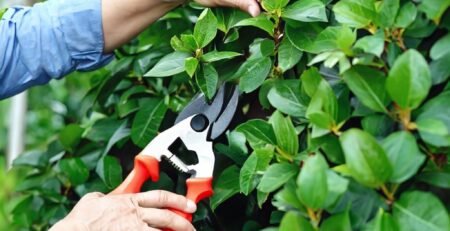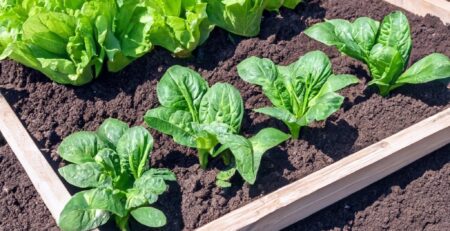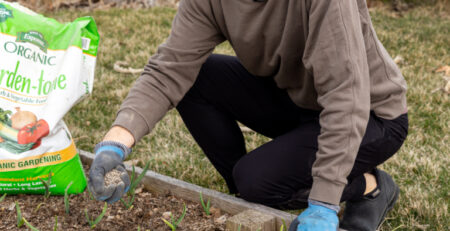Guide: Caring for Orchids
Orchids are rising in popularity as gifts to loved ones or simply to brighten up your own home. Not only do they come in a variety of colors and species, but they’re incredibly adaptable, found growing in the tropics as well as the arctic tundra. In their natural habitat, orchids grow on the bark of trees – no soil needed. Their thick roots can absorb moisture and dissolved nutrients from the air and the trees on which they grow. Because they tend to grow high up in trees, they’re accustomed to good air circulation and plenty of light.
Orchids in the Home
Orchids have a reputation of being tricky to grow, even for experts. However, we’re here to help make sure you give your orchids the perfect conditions to grow and flower. The most common variety is Phalaenopsis, and it’s the variety we’ll cover here. Lighting
Lighting
Orchids thrive off bright, but indirect light. A bright windowsill or moderately bright room will suffice.
Potting
Because orchids don’t grow in soil in the wild, they shouldn’t be potted in regular soil in your home. Orchids prefer a coarse medium that still allows for aeration. Espoma Orchid Mix is perfect for their roots. Keep in mind that the roots may grow upwards out of the pot – this is absolutely fine!
Watering
Watering orchids can seem daunting, but with the right technique and schedule, it’ll come easily. First, we at Nunan’s do not recommend the popular idea of watering with orchids using ice cubes. The most commonly owned type of orchid, the phalaenopsis, grows in humid jungles in the wild – nowhere near ice water. Plus, three ice cubes a week is not near enough water for your orchid to thrive. It can easily send your orchid into a state of stress, often shown by limp, drooping leaves.

To water your orchids, first make sure that it needs water to begin with. Orchid roots are sensitive and despise sitting in water. If the medium still feels wet to the touch, your orchid does not yet need water. The potting medium should be almost to completely dry before you water it again, and the best way to ensure your orchid gets the hydration it needs is through a thorough soaking. Place your orchid in a Tupperware container, bucket, or even fill up the sink with tepid water – not ice water. Let it soak for 10-30 minutes and then remove it and let the excess water drain completely. You’ve successfully watered your orchid!
Additionally, fertilize your orchid with Miracle Gro Orchid Food once a week in the spring and summer and once a month in the fall and winter.
Post-Flowering
Once your orchid has finished flowering, don’t throw it out. It’s simply gone into dormancy. When the flowers have gone, cut the stem back above the node from where the first flower appeared. A new flower spike can branch off within weeks. Alternatively, you can remove the flower spike entirely to allow the plant to recover/enter dormancy and form a new spike in 3-4 months.








